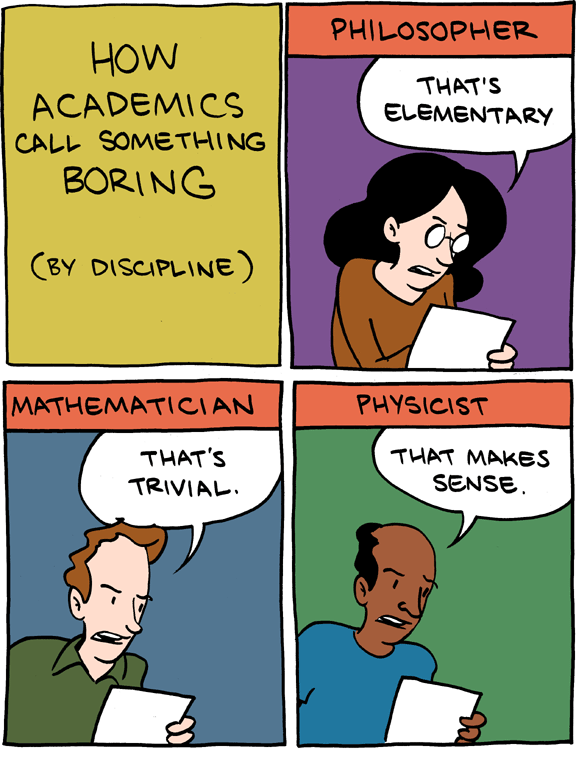Dr. E.A.S. Sarma has written a letter today to Prime Minister Manmohan Singh about an issue that is worth discussing.: if our scientific institutions "are forced to function as consulting institutions [to industry] in order to raise resources, their independence and credibility are adversely affected," and "... their professional objectivity will continue to get eroded."
The letter has been doing the rounds on various mailing lists and, with Dr. Sarma's permission, I am reproducing it here in full:
Dear Dr. Manmohan Singh,
Subject: Premier scientific institutions- Conflict of interest
As a part of the economic liberalization measures launched in 1991, the government had rightly encouraged many public institutions to become self-reliant by raising resources on their own to minimize their financial dependence on the government, thereby enhancing their own functional autonomy. It has certainly enabled many such institutions to become self-sustaining and have a greater freedom in their functioning. It has been a positive development.
However, during the last couple of decades, some of the premier scientific institutions that constitute the backbone of India’s scientific and technological research have, no doubt, gained some financial independence from the government, only to be pushed into the waiting arms of the industry and MNCs who have been trying to poach on their knowledge in return for funding! In some cases, the institutions which are expected to provide objective inputs to the government on scientific and technological issues have fallen prey to the industry and lost their credibility as professionally independent institutions.
There are several such premier scientific institutions. National Institute of Oceanography (NIO), for example, is the only institution that has the capacity and the credibility necessary to advise the government on the coastal environment and help Ministry of Environment & Forests (MOEF) in determining the CRZ parameters in an objective manner. National Environmental and Engineering Institute (NEERI) is an institution that could have played a pivotal role in advising MOEF on environmental issues. Similarly, on seismic and other geophysical concerns, National Geophysical Research Institute (NGRI) is the institution on which the concerned government agencies would necessarily depend for an independent appraisal. If these institutions are forced to function as consulting institutions in order to raise resources, their independence and credibility are adversely affected, as it has already happened. Many of these institutions have undertaken consulting work, giving rise to a conflict of interest in their respective roles. As long as they function as paid consultants of the industry, their professional objectivity will continue to get eroded.
On the other hand, institutions such as Indian Institute of Science (IISc) are engaged in frontier research in crucial areas of national importance, such as, genetic science and engineering. Any dependence of these institutions on the industry, especially MNCs, to raise resources will cause a large scale flight of knowledge and intellectual property to the funding companies, to the detriment of the national interest. I am not sure whether the expert committees such National Knowledge Commission have adequately applied their mind to this aspect. This is far too an important issue that can be ignored by the government, as many MNCs and external agencies have already started poaching on the precious knowledge wealth of the country.
Against this background, I would request you to take the initiative in identifying and prioritizing such institutions and formulating a well thought out scheme to strengthen the institutions professionally and provide them government funding so as to enhance and maintain their independence in the true sense. If these very same institutions are assured of government funding, it will go a long way towards protecting the national interest in terms of the enormous intellectual property that these institutions are capable of building.
In my view, the government should constitute a group of eminent persons to consider the issue I have raised in depth and detail. The persons to be chosen to be the members of such a group should have the necessary vision and they should have the national interest at heart. The names of eminent scientists like Prof. Pushpa M Bhargava readily come to my mind in this context. There are several others who could be identified in advising the government on the issue I have raised.
I hope that you will take the lead in constituting such a group to advise the government on the modalities.
Regards,
Yours sincerely,
E.A.S.Sarma
Visakhapatnam
30-10-2011
Dr. Sarma was a member of the Indian Administrative Service during 1965-2000. His website is here.
